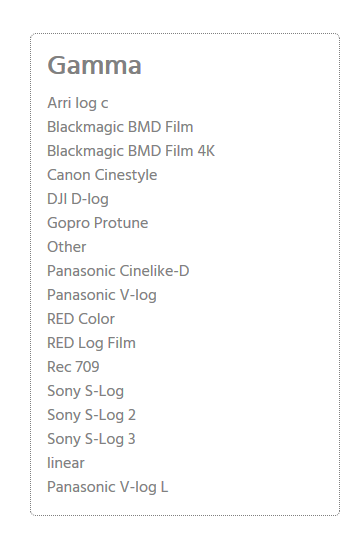A way to apply 3D LUT in dt is introduced with the module lut3d.

A 3D lut is a tridimensional table which allows to transform any rgb value into another rgb value.
This transform is very rigid (you cannot tune the effect apart with blending) but it’s a quick way to apply a colour effect (film-emulation) to an image.
3d LUT files
The module accepts cube and haldclut files.
Cube files are used for video editors. They are text files with the cube extension. You can find such files through this link:
Haldclut files are used in G’MIC, RT, photoflow. The are usually coded as a png image. Here are some places to find them:
http://rawtherapee.com/shared/HaldCLUT.zip
http://gmic.eu/color_presets/index.shtml
Caution: before selecting a 3D lut file, you must define the root folder where you have stored the lut files, in preferences / core options / miscellaneous.

Note: due to the size of the lut, lut data are not saved with the parameters of the image. Instead the file path (inside the root folder) is saved. Then you need to backup properly the lut files (+ folders) you have used.
Color space
Each 3D lut is built to be applied on a given color space. lut3d lets you select the appropriated one.
Usually cube files are built for REC.709 and haldclut for sRGB.
Note: This works when lut3d module is placed between input color profile and output color profile. Otherwise the selected color profile is ignored, and the lut is applied on the work profile.
Interpolation
The RGB cube defined by the lut file is characterised by its dimensions (ie. the size of the cube). It’s always below 256.
The largest it is, the most accurate is the transform. But it takes also more time to decode the file and consumes more memory.
The smallest it is, the fastest the module is. And here you might see some effect of the interpolation method (to calculate colours which are not exactly on a node of the cube).
There are three interpolation methods available: tetrahedral (the default one), trilinear and pyramid.
Usually haldclut cubes are larger than cube cubes.


